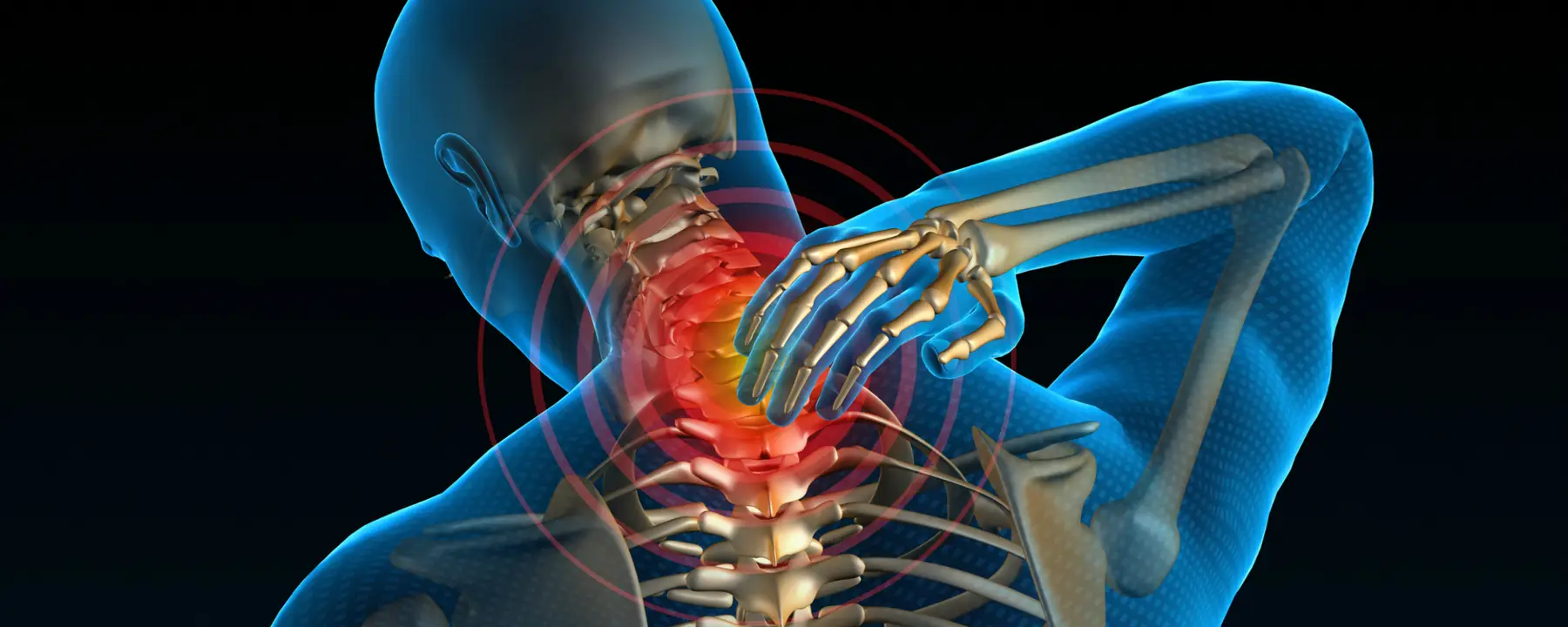Investigating potential drugs that provide the pain relief of marijuana without the high
Objective:
Investigate potential drugs that provide the pain relief of marijuana without the high.
Approach:
Develop a drug that targets the cannabinoid receptors, the molecules that respond to marijuana, while remaining outside the blood-brain barrier.
Impact:
Our leading compound has shown that it can alleviate nerve pain without affecting the brain and without negative side effects.
The daily, hourly, moment-by-moment torment of chronic pain touches the lives of millions of people around the world, creating suffering and undermining human potential. This is particularly true of neuropathic pain, which can be a persistent, unbearable symptom of diabetes, spinal injuries, or cancer, among other conditions—or a side effect of certain cancer-fighting drugs.
Medicine offers relief in the form of opioid painkillers, but these come with serious drawbacks. Opioid addiction, a personal battle for many chronic pain patients, has grown into a full-blown public health crisis. Furthermore, the drugs lose effectiveness over time.
Recognizing an unmet need among pain sufferers for an effective treatment that avoids the pitfalls of opioids, our experts in drug development are pursuing a new approach. In 2009, we initiated the design, synthesis, and studies of a series of synthetic compounds that we believe represent a breakthrough.
Activating the Cannabinoid Receptors Without Producing Psychological Effects
There is already a far less addictive drug than opioids that can relieve pain, and humans have been using it for thousands of years: marijuana.
People with chronic pain already seek out marijuana, and its medical use is gaining popularity in the United States. Nonetheless, it has qualities that make it an imperfect solution for many patients.
The same euphoric high that drives marijuana’s appeal as a recreational drug is undesirable for pain patients who merely want to feel normal. Marijuana can also induce negative side effects—including feelings of paranoia or dyspohria.
Researchers have spent decades attempting to derive non-psychoactive drugs from marijuana’s cannabinoids, without success. Our new approach builds on decades of study of the body’s cannabinoid receptors, the molecules that respond to marijuana. We believe the solution lies in preventing activation of cannabinoid receptors in the brain while allowing interaction with nerves throughout the body―the sources of neuropathic pain. So we set out to develop a drug that targets the cannabinoid receptors while remaining outside the blood-brain barrier.
Working with partners from the University of California, Los Angeles (UCLA), and New York University (NYU), we have identified a series of compounds that operate in this novel way. In in vivo studies, our leading compound has shown that it can alleviate nerve pain without affecting the brain. It also shows promise because we have not found other harmful side effects, such as heart damage, and because it appears to shrink cancerous tumors while also relieving the pain they cause. Further tests will help us evaluate the compound’s potential for tolerance.
Envisioning the Social and Medical Potential of a New Alternative for Pain Treatment
As an interdisciplinary research institute with a long history of research into the social context of drugs, as well as their development, we are uniquely aware of the need for alternatives to opioids. We also study the risks and benefits of marijuana, along with the regulatory implications of its increasingly legal status. And we have long explored new frontiers in non-drug pain treatment, looking for ways that social ties and personal technology can benefit people suffering from pain. Our broad experience brings us a unique perspective on the implications of our research.
Advancing the research on our series of compounds stems from our belief in the promise of science. We have many scientific hurdles to cross before our pain treatment becomes a reality. But the potential to bring relief to millions of pain sufferers is a powerful motivator.
- National Institutes of Health (NIH)
- University of California
- Los Angeles (UCLA)
- New York University (NYU)

